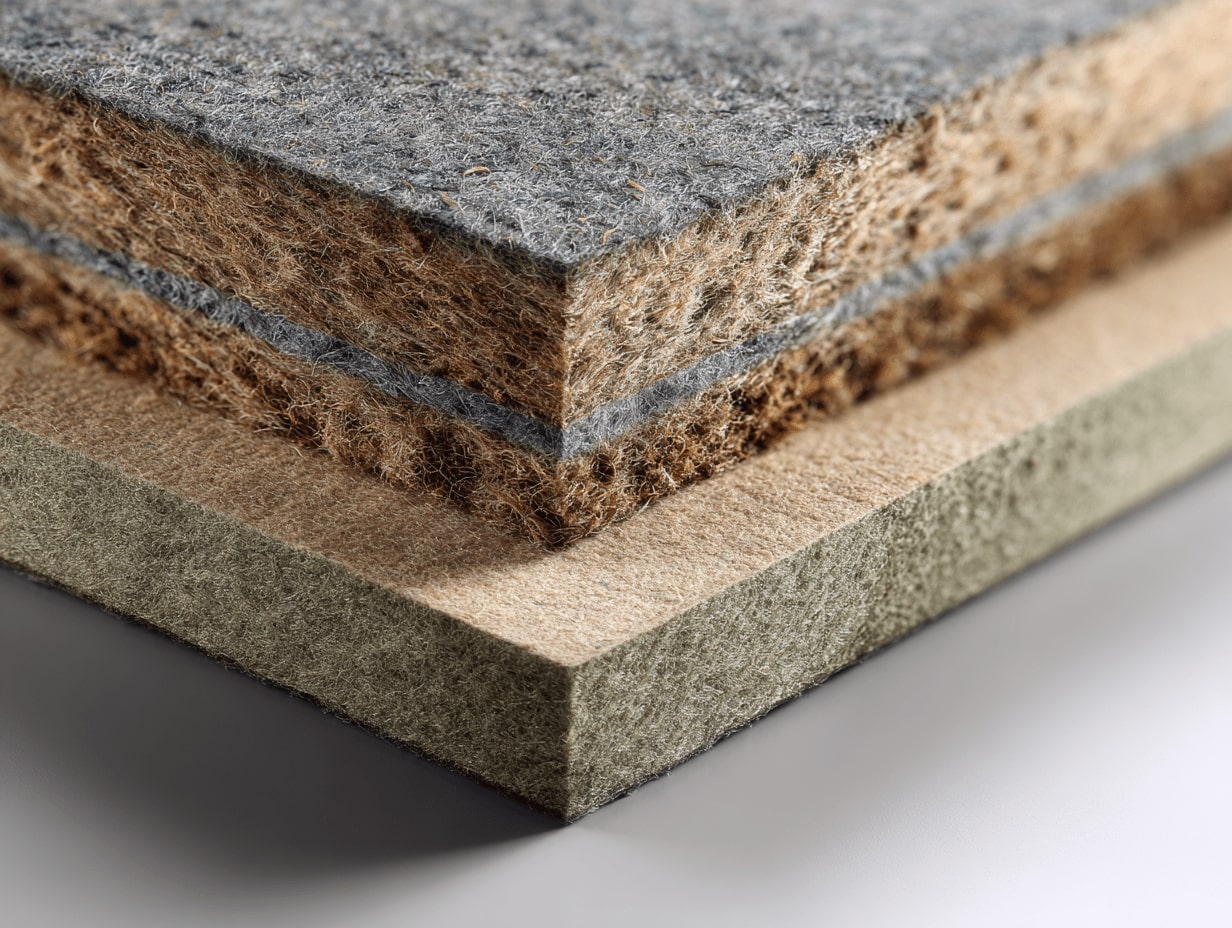- Home
- Articles
- Architectural Portfolio
- Architectral Presentation
- Inspirational Stories
- Architecture News
- Visualization
- BIM Industry
- Facade Design
- Parametric Design
- Career
- Landscape Architecture
- Construction
- Artificial Intelligence
- Sketching
- Design Softwares
- Diagrams
- Writing
- Architectural Tips
- Sustainability
- Courses
- Concept
- Technology
- History & Heritage
- Future of Architecture
- Guides & How-To
- Art & Culture
- Projects
- Interior Design
- Competitions
- Jobs
- Store
- Tools
- More
- Home
- Articles
- Architectural Portfolio
- Architectral Presentation
- Inspirational Stories
- Architecture News
- Visualization
- BIM Industry
- Facade Design
- Parametric Design
- Career
- Landscape Architecture
- Construction
- Artificial Intelligence
- Sketching
- Design Softwares
- Diagrams
- Writing
- Architectural Tips
- Sustainability
- Courses
- Concept
- Technology
- History & Heritage
- Future of Architecture
- Guides & How-To
- Art & Culture
- Projects
- Interior Design
- Competitions
- Jobs
- Store
- Tools
- More
Mastering Acoustics in Architectural Design for Enhanced Spaces and User Experience
Discover the critical role of acoustics in architectural design and how it impacts user experience. This article explores sound's interaction with materials and shapes, emphasizing the balance between aesthetics and acoustic functionality. Learn about effective sound management techniques in various environments—from homes to concert halls—and innovative solutions to common challenges.

When I think about architectural design, I often focus on aesthetics and functionality, but there’s another crucial element that deserves attention: acoustics. The way sound behaves in a space can significantly impact our experience, whether it’s in a concert hall, office, or home. Good acoustics enhance communication and create a comfortable atmosphere, while poor acoustics can lead to stress and frustration.
As I delve into the fascinating world of acoustics in architectural design, I’ll explore how sound interacts with materials and shapes. Understanding these principles not only improves the quality of our environments but also elevates the overall design process. Let’s uncover how thoughtful acoustic considerations can transform spaces and enrich our daily lives.

Table of Contents
ToggleUnderstanding Acoustics in Architectural Design
Good acoustics enhance communication and create comfortable environments. Understanding sound behavior contributes significantly to effective architectural design.

Importance of Acoustics
Acoustics play a vital role in architectural design, impacting user experience in various spaces. Effective sound management can improve productivity in offices, enhance enjoyment in concert halls, and foster clarity in educational environments. Poor acoustics, however, can induce stress and hinder communication, leading to dissatisfaction. I’ve seen how thoughtful acoustic considerations can transform a basic space into one that’s inviting, functional, and acoustically balanced.
Key Concepts of Sound
Several key concepts underlie the science of sound in architectural contexts:
- Sound Reflection: Sound waves bounce off surfaces, influencing the perceived volume and clarity of sound. Recognizing how different materials reflect sound helps in designing quieter spaces.
- Sound Absorption: Some materials absorb sound waves, reducing echo. Utilizing carpets, drapes, and specialized acoustic panels can minimize noise disruption.
- Sound Transmission: Sound can travel through walls, floors, and ceilings. Designing with proper insulation materials significantly mitigates unwanted noise intrusion.
- Reverberation: This refers to the persistence of sound in an environment. Balancing reverberation time is crucial for spaces like auditoriums and lecture halls, enabling clear speech and music enjoyment.
- Frequency: Different sounds operate at varying frequencies, which affect how they interact with materials. Understanding frequency response allows for tailored acoustic solutions suitable for specific environments.
By applying these concepts, I can create spaces that not only meet aesthetic standards but also fulfill acoustic requirements, leading to enriched experiences for users.
Principles of Acoustic Design
Understanding principles of acoustic design enhances the functionality and comfort of any space. Key aspects include sound isolation and reverberation control, which play vital roles in shaping acoustic quality.

Sound Isolation Techniques
Sound isolation involves methods that prevent sound from transferring between spaces. Effective techniques include:
- Mass: Utilizing heavy materials, such as concrete or dense drywall, can block sound transmission significantly.
- Damping: Applying acoustic dampers reduces vibrations, minimizing sound transfer in walls or floors.
- Decoupling: Separating structures can disrupt sound paths, making it difficult for noise to travel between areas.
- Insulation: Installing specialized acoustic insulation within wall cavities enhances sound absorption and decreases unwanted noise levels.
Applying these techniques results in quieter environments, increasing privacy and minimizing distractions.
Reverberation Control
Reverberation refers to the persistence of sound in a space after the source has stopped. Managing reverberation improves clarity and comfort. Key strategies include:
- Absorptive Materials: Incorporating soft materials, such as carpets, curtains, and acoustic panels, reduces sound reflections, limiting reverberation time.
- Architectural Shapes: Designing spaces with varied surfaces can direct sound waves, preventing excessive bounce.
- Ceiling Treatment: Utilizing acoustic ceiling tiles can absorb sound, controlling reverberation in large spaces like auditoriums.
- Volume Management: Adjusting room volume to match its intended use aids in achieving optimal reverberation time for speech or music.
Effectively controlling reverberation enhances communication and overall acoustic experience in various settings.
Applications of Acoustics in Architecture
Acoustics play a vital role across various architectural applications, enhancing the functionality and user experience in different environments. Effective sound management not only improves communication but also contributes to the comfort and well-being of occupants.

Residential Spaces
In residential architecture, acoustics are crucial for creating serene living environments. Open floor plans can lead to sound transmission between rooms. Soundproofing measures, such as installing insulated walls and double-glazed windows, effectively minimize noise from outside and between spaces. Additionally, using soft furnishings like carpets and curtains plays a significant role in sound absorption, reducing echoes and contributing to a peaceful atmosphere. Careful placement of premium speakers and audio equipment can further enhance acoustic quality in home theaters and multi-purpose rooms.
Public Buildings
Public buildings, including schools, theaters, and hospitals, require meticulous acoustic design to support diverse activities. In classrooms, background noise can hinder learning; therefore, sound-absorbing materials on ceilings and walls mitigate distractions and enhance speech intelligibility. Theaters benefit from advanced acoustic design to optimize sound projection and ensure an immersive experience for audiences. Techniques such as curved wall shapes and strategically placed reflectors can enhance sound clarity while preventing unwanted reverberation. In hospitals, sound isolation measures reduce disturbances, promoting a healing environment for patients.
Outdoor Environments
Acoustics also play a critical role in outdoor architectural design. Parks and plazas often feature water elements or vegetation, which can improve sound quality by masking urban noise. Moreover, carefully designed structures can influence sound propagation, creating tranquil spaces in bustling urban settings. Sound barriers can effectively reduce traffic noise near residential areas, enhancing outdoor comfort. The use of materials that absorb or deflect sound helps maintain an enjoyable auditory environment in outdoor public spaces, contributing to a better overall experience for visitors.
Challenges in Acoustic Design
Architectural design often faces several challenges related to acoustics. These challenges can significantly affect user experience and functionality within a space.

Common Acoustic Issues
-
Sound Transmission
Sound can easily travel through walls, floors, and ceilings, leading to disturbances in adjacent spaces. In multi-story buildings, for instance, noise from upper levels can disrupt activities below.
-
Reverberation
Long reverberation times can create auditory confusion, making communication difficult. Spaces like auditoriums may suffer from muddled sounds if reverberation isn’t properly controlled.
-
Background Noise
High levels of ambient noise from external sources, such as traffic or machinery, can distract users and reduce productivity in work environments like offices. Effective sound insulation is crucial in these situations.
-
Inconsistent Acoustic Quality
Variations in acoustics across different areas can lead to uneven experiences. For instance, a concert hall must maintain consistency in sound quality for the audience regardless of seating location.
-
Poor Material Selection
Choosing inappropriate materials can exacerbate acoustic problems. Hard surfaces often reflect sound, while softer materials absorb it. Balancing these materials is essential for optimal acoustics.
Innovative Solutions
-
Acoustic Panels
Acoustic panels effectively absorb sound and reduce reverberation in spaces like conference rooms and classrooms. These panels can be made from various materials, including fabric-wrapped fiberglass or foam.
-
Sound Barriers
Installing sound barriers, such as green walls or specialized fences, can help mitigate external noise in urban environments. Vegetation can play a key role in achieving this while providing additional benefits.
-
Flexible Design Elements
Incorporating movable design elements, such as adjustable partitions or flexible seating arrangements, can optimize acoustic performance in multipurpose venues. This adaptability allows for fine-tuning the acoustics based on the specific use of the space.
-
Advanced Insulation Materials
Using materials specifically designed for soundproofing, such as acoustic mats or specialized drywall, enhances sound isolation. These materials effectively reduce sound transmission between spaces.
-
Computer Modeling
Employing computer simulations during the design phase can predict acoustic behavior within a space. This approach allows for proactive adjustments before construction, ensuring optimal acoustic conditions.
Addressing these challenges through innovative solutions leads to enhanced acoustic performance in a variety of architectural settings, ultimately improving user experiences and functionalities.
Conclusion
Acoustics play a pivotal role in architectural design that often goes overlooked. By prioritizing sound management alongside aesthetics and functionality, I can create spaces that truly resonate with their users. It’s not just about how a space looks; it’s about how it sounds and feels.
Incorporating effective acoustic strategies can significantly enhance user experiences in various environments. Whether it’s a quiet home or a bustling office, the right acoustic design fosters communication and comfort. As I continue to explore and implement these principles, I’m excited about the potential to transform spaces into harmonious environments that enrich daily life.
- acoustic analysis
- acoustic consultancy
- Acoustic Design
- acoustic engineering
- acoustic environment design
- acoustic layout planning
- acoustic materials
- acoustic optimization
- acoustic performance in buildings
- acoustic treatment
- Architectural acoustics
- architectural noise reduction
- auditory experience in architecture
- building acoustics
- enhanced user experience acoustics
- noise control solutions
- room acoustics
- sound design in architecture
- sound isolation in buildings
- soundproofing solutions
Submit your architectural projects
Follow these steps for submission your project. Submission FormLatest Posts
Understanding Site Safety Footwear in Architectural Practice
Architecture is often discussed through drawings, models, and finished buildings, yet a...
General Arrangement Drawings in Architecture: The Backbone of Clear Design Communication
General Arrangement Drawings explained: what they are, when to use them, how...
The Ultimate Guide to Fencing in North Dakota: Choosing the Best Fence for Your Property
Watching a chain link fence twist in 70 mph winds near Minot...
Gaudí: Where Architecture Meets Science
Gaudí: Where Architecture Meets Science shows catenary arches, ruled surfaces, and biomimicry...












Leave a comment